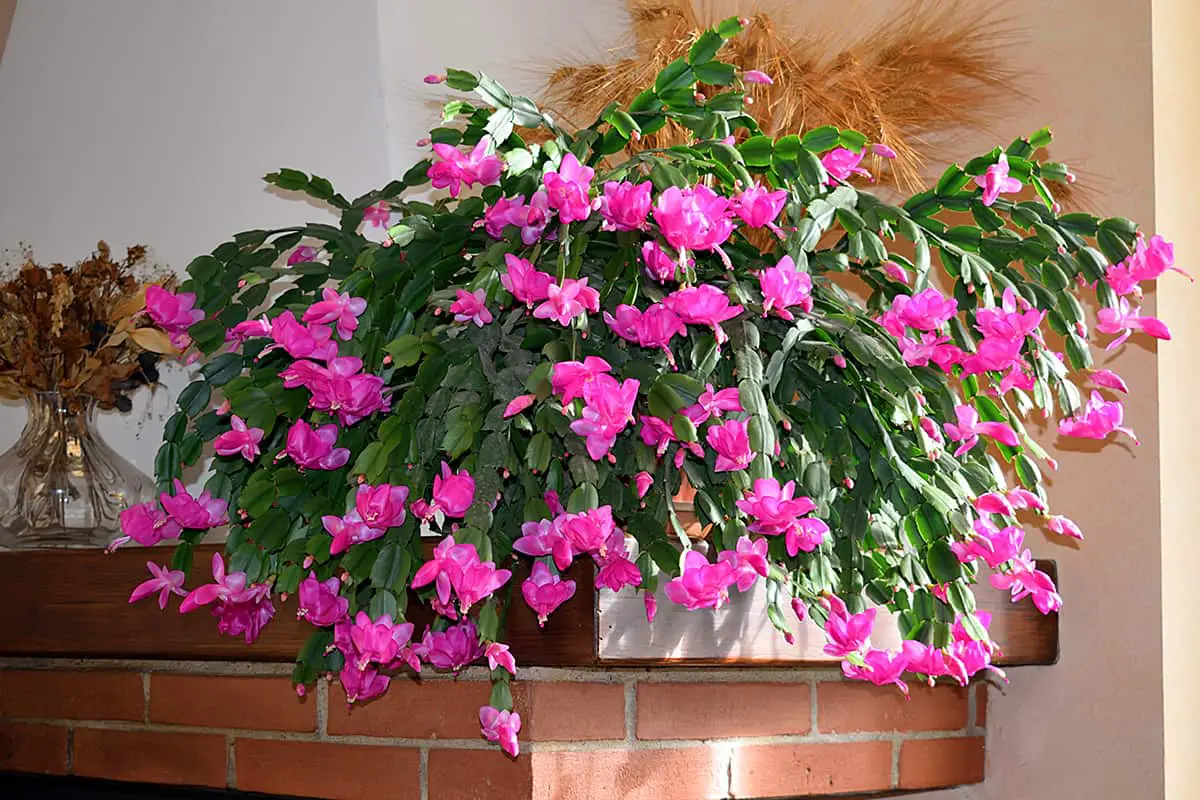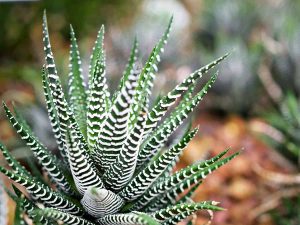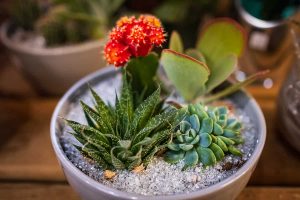Your Christmas cactus might surprise you, blooming beautifully just once a year, often during the holiday season. Yet, it’s possible to encourage this resilient houseplant to display its vibrant flowers multiple times a year. Understanding its needs for light, temperature, and watering is key to achieving a show of blooms more than once annually.
Giving your Christmas cactus the proper care it craves involves mimicking its natural habitat conditions. By strategically managing darkness and temperature, you can trigger the blooming process at different times. With these steps, it’s like having a living decoration that celebrates more than just the festive season.
The secret to success lies in how you manipulate the environment to send clear signals to your plant. For example, exposing your Christmas cactus to periods of extended darkness can stimulate the flowering process. When your Christmas cactus bursts into colorful blooms again, it’s a reward that showcases your attentive care.
Table of Contents
Know the Time

Timing is crucial for encouraging your Christmas cactus to bloom several times a year. It will require a period of rest. After the initial flowering, lessen the watering schedule. This rest period simulates the natural dormancy stage for the plant. These plants are sensitive to light and temperature changes.
Understand that blooms typically occur when there’s less daylight and cooler temperatures, so you’re going to create an environment that encourages blooming.
Light It Right
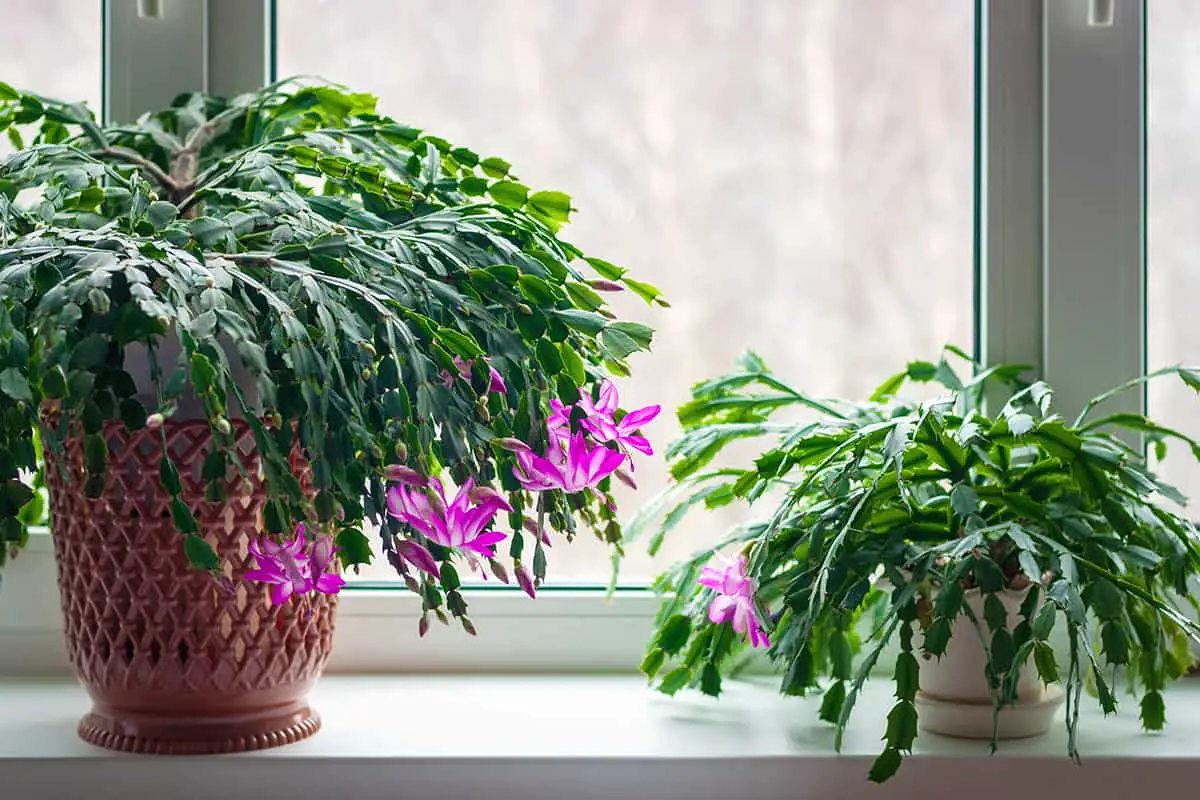
Your Christmas cactus needs proper lighting to bloom multiple times a year. They require long night periods to start the blooming process. To get your Christmas cactus to bloom, manage its light exposure carefully. Aim for 13 to 14 hours of darkness and 10 to 11 hours of indirect sunlight daily.
Start the darkness treatment by mid-October for blooms by the holidays. This mimics the natural short-day conditions of their habitat. Ensure the plant is in complete darkness during the night. Even brief interruptions can prevent flower buds from setting.
Keep the plant in a room less used at night or cover it with a box to maintain uninterrupted darkness. As the days lengthen in spring, decrease darkness hours to encourage a new flowering cycle. Your Christmas cactus can also benefit from cool temperatures at night during the reblooming period.
Note that too much direct light can damage your Christmas cactus. Leaves can burn or turn red from intense sunlight. During warmer months, you can place your cactus outside, in a shaded spot, to enjoy the natural daylight cycle. Remember, consistency is key to helping your Christmas cactus thrive and show its vibrant colors throughout the year.
Keep It Cool
Your cactus thrives in a temperature range between 50 and 55 degrees Fahrenheit at night. These cooler temperatures signal to the plant that it’s time to produce blooms.
Move your Christmas cactus to a spot with cooler temperatures. During the day, ensure the location isn’t too warm, which can hinder blooming. A location that remains consistently cool can enhance your plant’s blooming potential.
Remember, heat sources can disrupt the cold environment needed. Keep the cactus away from heating vents or electronic devices that generate heat. Your care helps ensure multiple blooms throughout the year.
Maintain a nighttime temperature between 50 to 55 degrees Fahrenheit. During the day, it is advised to keep the plant cool and to avoid exposing it to excessive warmth. For best results, initiate this cooler period about eight weeks before the desired bloom time.
Feed It Right
Feeding your Christmas cactus appropriately can help trigger multiple blooming periods within a year. Begin with a balanced fertilizer during the growing seasons, typically late winter or spring. Apply a half-strength solution like 10-10-10 fertilizer.
Feed your plant monthly when you notice new growth. Ensure you do not over-fertilize, as this can cause more harm than good. The key to achieving blossoms several times a year lies in providing just enough nutrients without overwhelming your plant.
During rest periods, after the blooming phase, reduce feeding. Let your Christmas cactus recuperate and prepare for the next growth cycle. This period of less frequent watering and fertilization supports the plant’s natural rhythm, as described by Penn State Extension.
Go Easy on Water
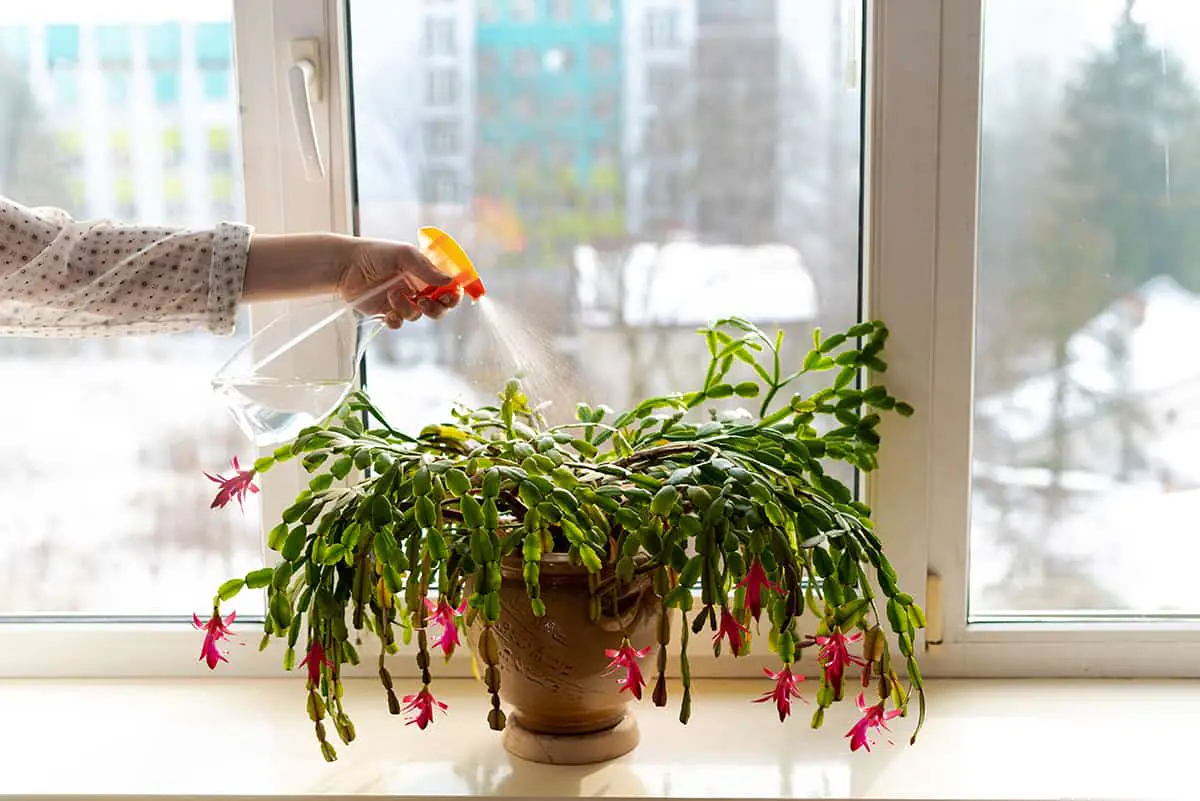
To ensure your Christmas cactus blooms multiple times a year, monitor your watering habits closely. These plants prefer a less-is-more approach. Never let the soil become soggy. Wait until the top inch feels dry before watering again. This can prevent root rot, which often spells disaster for Christmas cacti.
By sticking to this regime, you create conditions that mimic their natural habitat. Remember, overwatering is a common mistake. If in doubt, it’s better to underwater than overdo it. Your cactus can bounce back from a bit of drought, but it’s much harder to recover from excessive water.
You might notice signs like wilted or shriveled leaves if your plant is thirsty. That’s your cue to water, but do so gently, soaking the soil until water runs through the drainage holes. Then leave your plant be, letting it fully dry out again.
Trim for Shape
To get your Christmas cactus to bloom, shaping is important. Start by identifying the joints of the plant’s segments. Gently twist off a few sections at these joints for a better shape. This also encourages fuller growth.
Pruning should happen in the spring. This timing allows your Christmas cactus to recover and grow. Trim no more than one-third. Cutting back harder may cause the plant to look bare.
After trimming, your plant can focus on new growth. New segments will mature and be ready to support blooms when the blooming season arrives. Keep cuts clean to prevent damage to the remaining segments.
Change the Pot

If you want your Christmas cactus to bloom several times a year, consider changing its pot. Repotting can trigger growth. Choose a pot that is slightly larger. Ensure it has good drainage.
Soil quality is vital. Use a mix suitable for cacti. It should be loose and well-draining. This helps prevent root rot.
After repotting, water your plant. This settles the new soil. Avoid fertilizing immediately. Give your Christmas cactus time to adjust.
Plan to repot every two to three years. This keeps the soil fresh. It encourages your Christmas cactus to thrive and rebloom.
